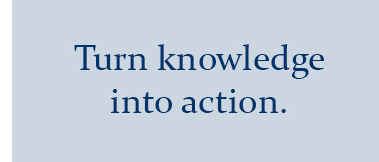|
the story of DMC in CT
about Just.START
DMC studies
taking action
students and school discipline
CT juvenile justice
CT funding opportunities
links |

- Disproportionate minority contact (DMC) and racial and ethnic disparities (RED) are terms that refer to the problem of unequal treatment of youth based on race or ethnicity.
- Survey data show that youth, regardless of race or ethnicity, act more alike than different. However Black and Hispanic youth are disciplined in school more frequently and referred to court more often.
- The “right” response to youth misbehavior has many benefits for the decision-maker, the young person and the community.
- Better interactions with youth
- Reduced disciplinary incidents
- Less justice system involvement
- Reduced staff time on youth misbehavior
- Positive learning environment
- Mutual trust and respect
- Keep students in school and keep youth out of the juvenile justice system.
- Students can’t learn if they aren’t in school.
- Being absent for disciplinary reasons gives students time for getting into more trouble.
- Frequent use of out-of-school sanctions does not necessarily achieve better academic outcomes.
- Juvenile justice facilities can be training grounds for criminal activity.
- Involvement with the juvenile justice system affects future police/court decisions.
- A criminal record is a barrier to college and future employment.
- Act on information, not on assumptions.
- Recognize that unconscious bias is a fact of life and affects decision-making.
- Ask yourself: “Would I do something different if this youth were Black/Hispanic/White?”
- To offset unconscious bias, try to increase your positive contacts with youth.
- Establish a cross sector team that actively monitors your community’s response to youth misbehavior and DMC.
- Each of us has the power to reduce DMC and thereby have a large impact on the lives of young people.
|

